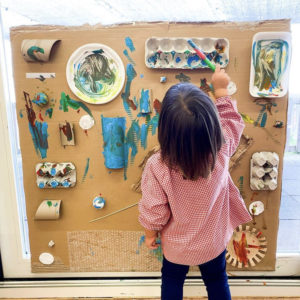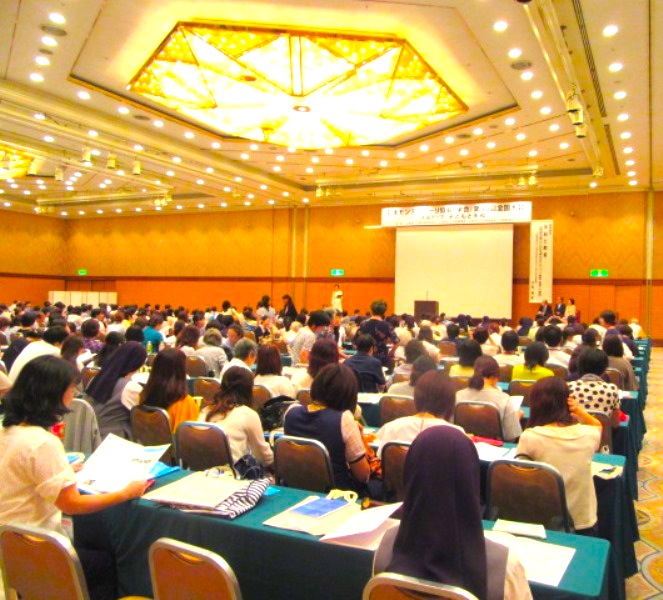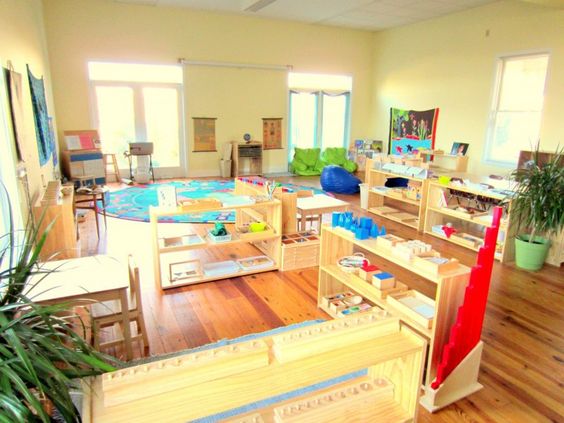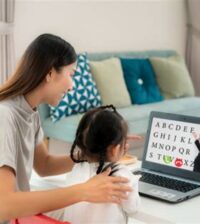- Belgium comes to Yamashita Park
- Residential Villa in Phuket Entices Remote Workers With Long-Stay Rates
- Rare pieces of French glass art at the Mirai Museum of Art
- Feast on fresh fish and seafood at the 2024 ‘Sakana’ Festival
- Would you like to ride in a Louis Vuitton gondola lift?
- Naked Snow Aquarium
- Festive lights at Yomiuriland will get you feeling the holiday vibes
Why century-old Montessori approach remains relevant today.
The influence of home as children’s first school where they develop and build strength of character, unique personal attributes and skills is, no doubt, huge.
 But so too is the influence of schools in instructional scaffolding.
But so too is the influence of schools in instructional scaffolding.
As the world moves into one of the fastest innovative time in history, today’s Generation Alpha learners have every education tool within reach. Technology did not only bring many cultures and foreign languages closer together, it also opened up new jobs that did not exist 30-40 years ago.
Today, a software engineer in Japan for example may find himself a job in Dubai or a scientist in Ireland can land a job in China. Parents today have a lot to be excited about for their children’s future. The job market has just become global.
When we talk about being global, 21st century career preparedness comes to mind. Thinking of the possible road maps for children has become truly important.
Why century-old Montessori approach stands out today.
STEAM subjects (Science, Technology, Engineering, Arts and Mathematics) have become the focus of 21st century learning yet, these, in more ways than one, lead to the very same concepts the Montessori method created 115 years ago, supports.
To be considered “educated” today, radical management expert Steve Denning says, “one needs to have the ability to think critically, to listen, to evaluate facts, to reason analytically, to imagine creatively, to articulate interesting questions, to explore alternative viewpoints, to maintain intellectual curiosity and to speak and write persuasively.”
“If we add to that a reasonable familiarity with the treasures of history, literature, theatre, music, dance and art that previous civilizations have delivered, we are getting close to the meaning of educated.”
Peter Sims, best-selling author of “How Breakthrough Ideas Emerge from Small Discoveries” suggests breakthrough results by famous people such as the late Steve Jobs, architect Frank Gehry of Pixar films and other 200 renowned innovators of all time, happened as a result of small, experimental steps to discover and develop new ideas.
In an interesting six-year study by one professor from Brigham University and Hal Gregersen of business school INSEAD involving 3,000 global executives and 500 people who either started their own company or invented products about how they think, the Montessori school of thought stood out.
Wikipedia’s Jimmy Wales, Google founders Larry Page and Sergei Brin, Amazon’s Jeff Bezos, Will Wight, American video game designer and co-founder of Maxis are just some of the many elites who benefited from the Montessori learning method.
Among the four major influencers in the Tech industry, Larry Page openly credits his success to Montessori education. Google’s co-founder was also a Montessori alumni throughout his elementary grades and both acknowledge it had a big influence in the design of Google’s work systems.
Larry Page when interviewed for Google said, “My job as a leader is to make sure everybody in the company has great opportunities, and that they feel they’re having a meaningful impact and are contributing to the good of society. As a world, we’re doing a better job of that. My goal is for Google to lead, not follow.”
Universal principles
These pronouncements have ticked all Montessori principles in the right places. The Montessori school of thought is one that goes beyond the entire education system. It resonates with people and societies all over the world for its universal appeal and concern for humanity and global peace.
Founder Dr. Maria Montessori believes in giving freedom to the child. In an authentic Montessori environment, a child is allowed to freely choose his learning tool and make his own discovery at an uninterrupted time which serves a social purpose.
Montessori classroom environment by design and benefits
The Asssociation Montessori Internationale (AMI), a non-profit organization in charge of promoting and furthering the Montessori method, lists the following child-centred learning environment as a must:
Multi-age classrooms.
Classrooms have mixed age children. Montessori is not just for preschoolers. There are Montessori schools that have programs up to high school level.
Benefit: It promotes a collaborative environment with no grading and testing.
Student chooses his own activity from a prescribed range of options.
Benefit: Discovery where students understand concepts from learning materials as opposed to instruction
Specialized Montessori materials
Benefit: Age-appropriate materials match developmental stage of children. Only materials that support the child’s development are present in classrooms.
Freedom of Movement in the classroom
Benefit: Aids the child in developing independence
A trained Montessori teacher
Montessori teachers have a normal teacher qualification and certified to have undergone specific training. Montessori teachers are supported by a Montessori assistant whose job is to support the teacher in maintaining peace and order in the classroom.
Benefit: Children get the needed nurturing, love and attention from knowledgeable staff about best practices and putting the individual needs and interests of children a priority.

Montessori researchers in Japan gather for a 3-day professional development seminar with “Children and Peace” as theme. Professor Toshiyuki Shiomi talked about “Peace and Education: Expectation for Montessori Education and Child Care in the Mid-Twentieth Century.” He talked about the lessons learned from the atomic bombing of Hiroshima and Nagasaki and the importance of roles adults play in achieving global peace for the benefit of children and future generation.
The local research center of Montessori is the Japan Association of Montessori (JAM) or Nihon Montessori Kyokai. Montessori education in Japan was first introduced in “Yorozu Morning Report” in Jan 1912 but it was not until March 1968 when JAM was fully accredited by the Association Montessori Internationale (AMI) headquartered in Amsterdam, Netherlands. Despite the attention it received in the Meiji era, the Montessori methods went against the grain of Japan’s militaristic climate at that time.
The role of the association is to promote Montessori in Japan and work together in studying the best methods for early childhood education.
Montessori classrooms are bright and spacious

Classroom space is well defined according to purpose. Each classroom is made suited to the needs of the children. The use of bright coloured decor with images of cartoons or posters are in one space while some areas are calm and peaceful. There are no school desks like you will find in a traditional classroom setting. The rooms are well organized, neat and sanitized.
Why is being free important?
Montessori is not religion. It is a learning approach essentially modeled to shape human beings as changes occur over the course of their life. Dr. Maria Montessori believes that if a child is exposed to a free, nurturing environment within limits, without being shun but offered guidance, he does things by himself and in the process, learn with long-lasting advantages.
“Character is not an item of knowledge which can be taught through learning or imitation. It is a conquest made during life through personal exercise and through personal experience.”
(Montessori, A New World and Education)
Can a Montessori program be international and Japanese?
1. The Montessori trademark was never patented because Maria Montessori never did it for money.Here are 5 Montessori facts all parents should know
In the United States and elsewhere, a school can use the term “Montessori” freely without complying with the original Montessori method. So to understand the difference between a ‘fake’ Montessori and the ‘real’ thing, it is best to know the whole Montessori package.
2. According to The Journal of Research in Childhood Education, 3-11-year-old Montessori students had higher scores than control groups on mathematics and science.
3. Montessori schools are not franchised, thus, they are usually small, having no more than 100 students. They are individually owned for profit while some are not.
4. Montessori materials are sensorial and exclusively designed to stimulate the five senses. Other materials available are for learning and discovery. Only in upper school level can materials be developed by teachers. 5. Not everyone can call themselves Montessori Teachers. A true Montessori teacher has been fully trained and is experienced in Montessori principles, concepts and methods. Ask for credentials when you are shopping for a school for your child.
















